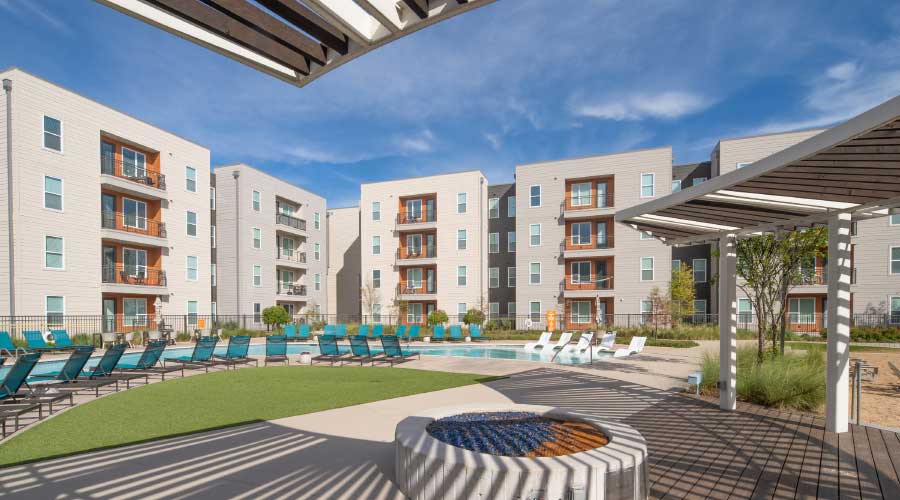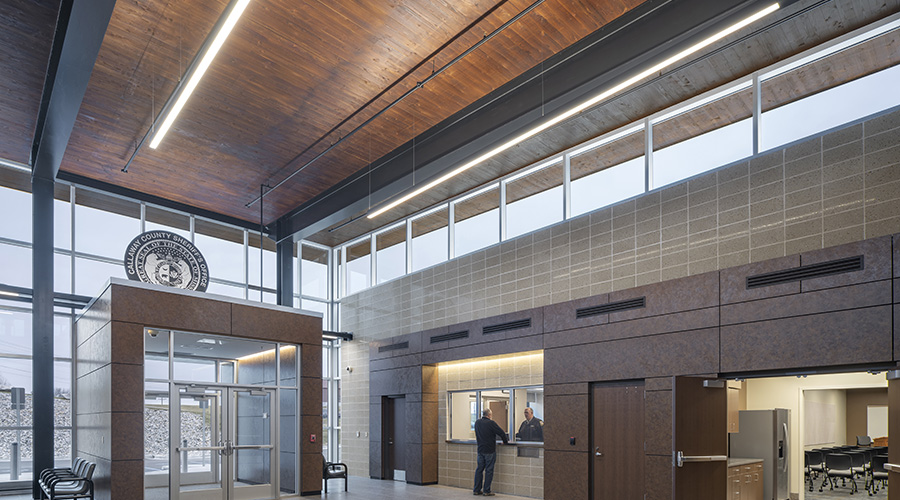Multitenant Buildings Have Multiple Security Needs
Things can get sticky when it comes to securing multitenant office buildings. That's because the security systems building owners install for the base building must meet not only the owners' needs, but also the expectations of tenants.
To prevent problems, the smart building owner will focus on more than technology. Indeed, one key to security in multitenant buildings is also the oldest, lowest-tech option available: Talking.
Experts say that good communication between owner and tenants is the foundation for effective security in multitenant office buildings.
One reason communication is so important is that different tenants often want different levels of security, says David Duda, associate partner at Newcomb & Boyd.
"Some may want significant screening of visitors and deliveries prior to their entry onto the property; others may have little concern for the screening that takes place," he says. "Some tenants may feel that the act of screening is too invasive and may drive off clients or customers."
If those tenant desires aren't well understood and considered, the owner runs the risk of inadvertently causing tenant dissatisfaction.
Face to face communication can go a long way toward alleviating problems. Government buildings frequently contain several government departments or agencies, says Duda, and these tenants may well have different needs and require different systems. What's more, the tenant systems often communicate with different locations off-site. A common challenge is getting information needed to design the security system from the different entities in a timely manner.
On one project, says Duda, the solution was a "security summit meeting" that pulled together representatives from each government department and agency involved in the project. "We mounted floor plans for each area on the walls of the conference room and went from tenant to tenant and floor-by-floor through the building until we had reached a consensus as to the specific security measure to be implemented in each area," says Duda.
Once tenants had bought into the conceptual aspect, specific technologies could be chosen.
Another important step for the building owner is to delineate building procedures and security systems with the tenant. One frequent issue, according to Fred Miller, president, Security Resources Group, is that a building owner's procedure for adding or deleting people to and from the lobby security database is not kept up-to-date.
Suppose an employee leaves a tenant firm but the tenant never updates the database. "There might be 3,000 people in the building but 5,000 people who have access to the building because their access privileges weren't removed promptly," Miller says. "It's a common problem."
Situations like that show why it's so important that owners stipulate security system expectations from their tenants. Informing tenants and clearly spelling out lease requirements — terms and conditions, too — is part of the owner's obligation.
"Ultimately, it's about taking an active ownership role, and managing expectations," says Brett Williams, facility manager for Transwestern.
Risks Determine Security Needs
When it comes to security, the first thing Fred Miller, president, Security Resources Group, recommends is that building owners determine the risks they face. Some of those risks might not be known. But chances are good that leasing space to an activist group, or to a liquor store, will increase threats.
The second thing he advises is to come up with a set of "security needs" for the building. Think of this as the toolbox that helps owners achieve security. Perhaps it means cameras. Or perhaps multi-technology access cards that can serve a host of tenant needs, from building entry, to elevator access, to parking passes.
Past that, it's a matter of setting a budget based on the amount the owner is willing to invest, the risks the building faces and the priorities of the tenants.
— Loren Snyder
|
Related Topics:













